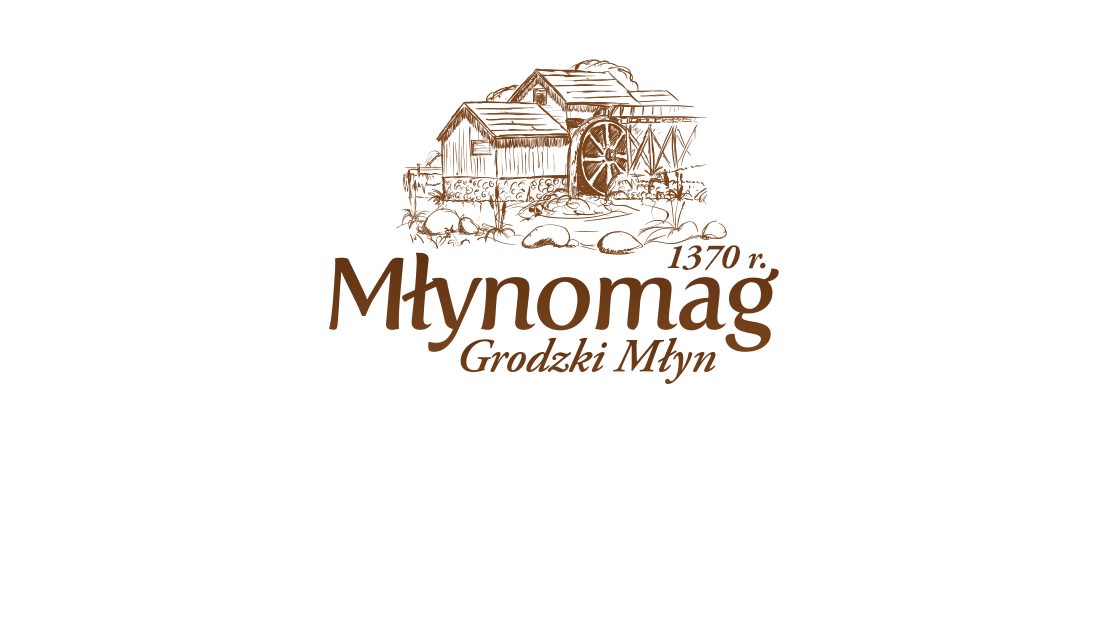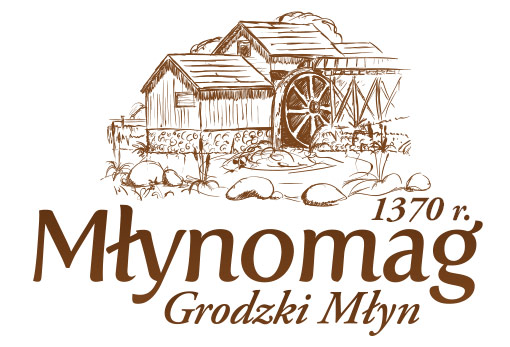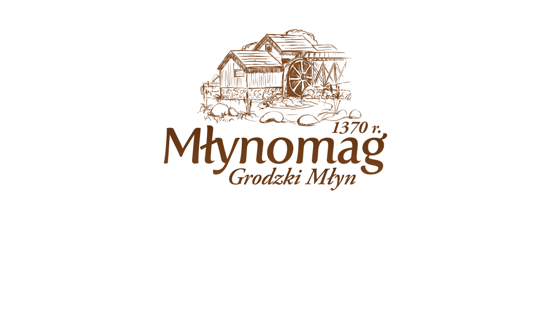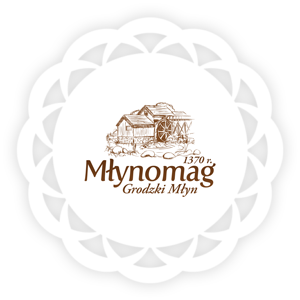The first document mentioning the mill in our area dates back to 24 June 1370. It operated with breaks for many centuries, and despite temporary stagnation it never lost its usable character (after the war it served as a grain warehouse for a long time).
It is one of the oldest mills of former East Prussia.
From the 17th century the mill was owned by private persons.
History of the Mill
History of the Grodzki Mill
- 600 years of excellent flour
The Grodzki Mill has a history comparable to the oldest Polish castles or temples. The first written mentions of the mill in this place dates back to the end of the 14th century and could have existed there much earlier.
Sometimes we like to say that we are over 14 times older than Apple, and almost 4 times older than Wedel. This comparison is rather humorous, but it shows the great tradition we are dealing with.
Here are some of the most important dates in our history:
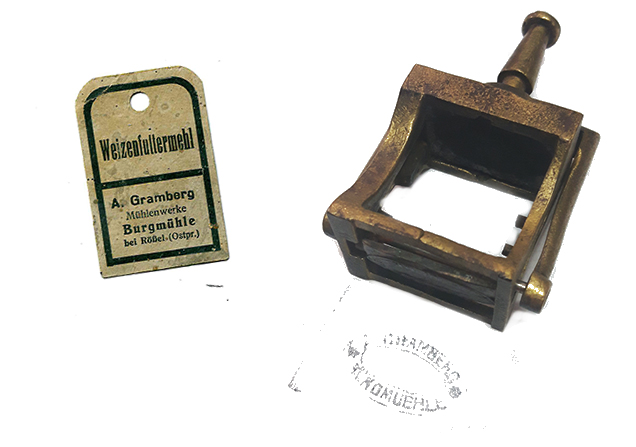

14th century: the first flour
18th century: a successful tender
Subsequent entries are only visible a few hundred years later, and document the actions of subsequent owners. In 1864 the mill bought Adolf Gramberg for a tender. This is an important person in the history of the grain industry – he and his family made great contributions to the development of the milling industry in this area.

19th century: the fire that helped
The Gramberg family successfully developed the mill when in 1898, the fire completely destroyed buildings and machines. The resourceful owners used this as an opportunity for development, purchasing modern equipment and expanding the infrastructure. The new mill had more rollers, larger warehouses and granaries. The mill’s power increased by 400%, reaching over 4000 tons of production per year. Turnover reached 200,000 brands per year. The Grambergs could be proud of themselves.
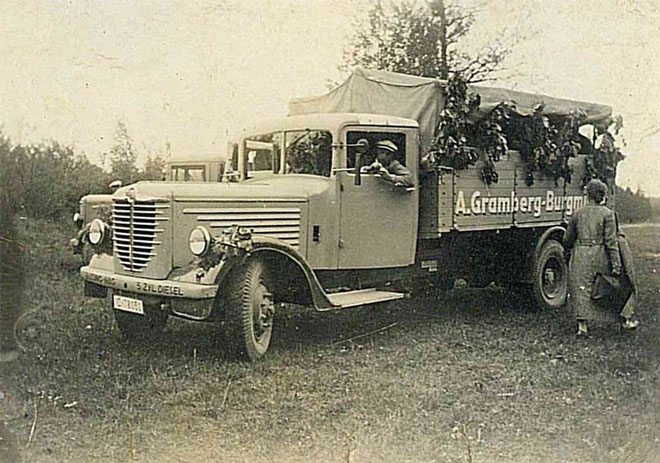
The 20th century: an international mill
At the beginning of the 20th century, in 1901, the mill was inherited by the sons of the owner, Paul and Adolf Gramberg. The Grodzki Mill once again increased productivity, and was now the largest and most modern mill in East Prussia. The Reszel flour reached Kaliningrad, Rotterdam, the Ruhr, Westphalia, Rhineland, Baden and Wittenberg.
The 1930s: crisis and war
The beginning of the 1930s was a global crisis in almost every industry. It started on Wall Street, but quickly affected the food industry as well as the entire trade in general. The mill, however, worked continuously, and even recorded an increase in production – until the next fire in 1940. Reconstruction in wartime conditions was no longer as easy as before, and the plant suffered significant losses.

Back to work
The mill returned to normal operation in 1943, in the final years of the war. It was saved by the huge demand for flour, which made it possible to buy the first electric machines on Prussia and return to record-breaking capacity, close to the best years of the mill. The Grodzki Mill again became the leader of the region.
The peace that brought ruin
The end of World War II did not bring an end to the problems. The retreating Soviet soldiers completely dismantled all the equipment that was in the mill. Everything that could be detached from the walls or the floor was taken away.
The mill remained silent for decades.
1994: we work!
For over 50 years, the mill building served as a warehouse for Polish Grain Plants. In 1994 a new chapter in its history began, another beginning of its turbulent history. Młynomag company carries out a thorough renovation and assembles a modern wheat milling line. In 1995 the production of wheat flour began, and five years later – also rye flour.
